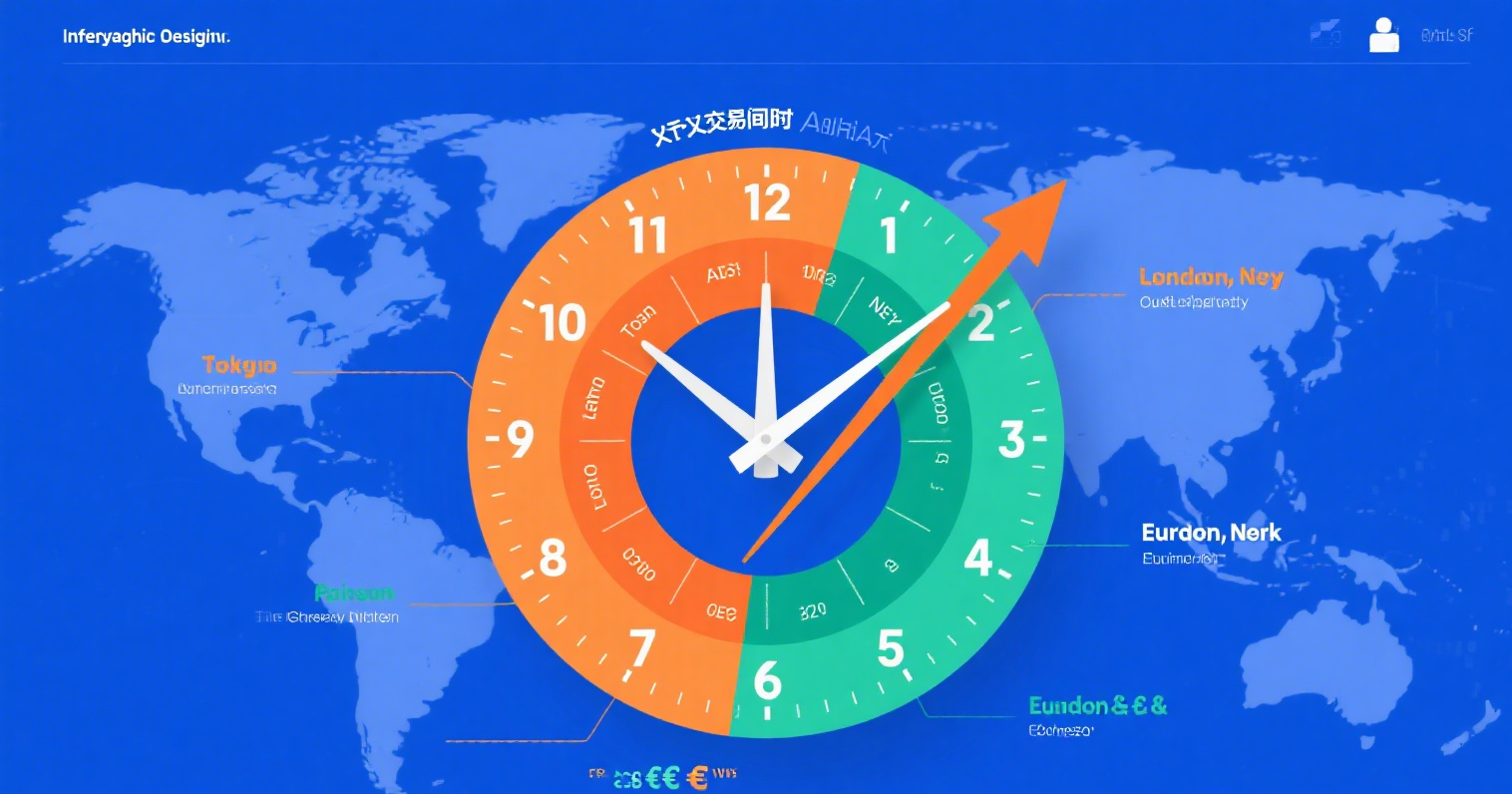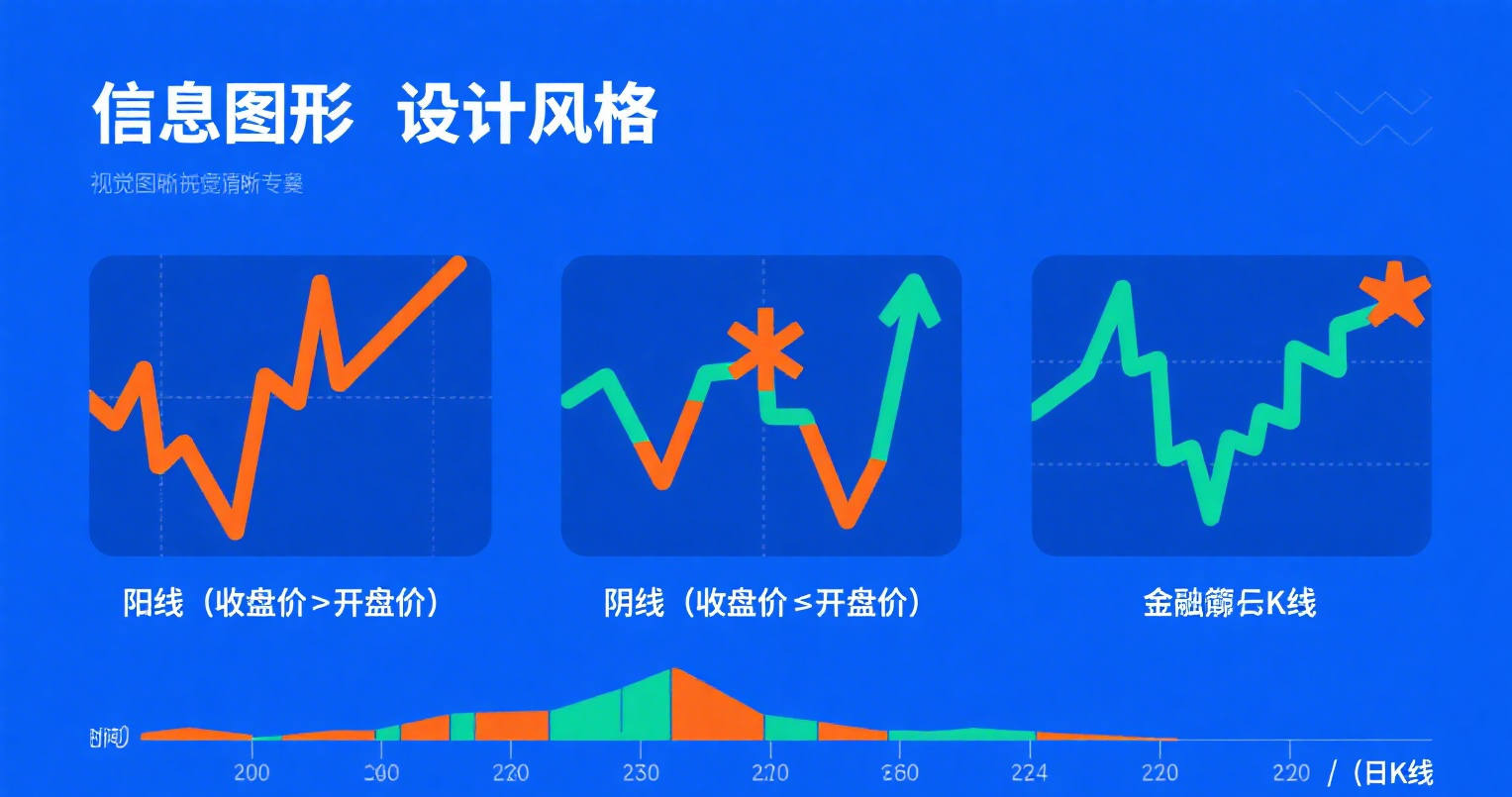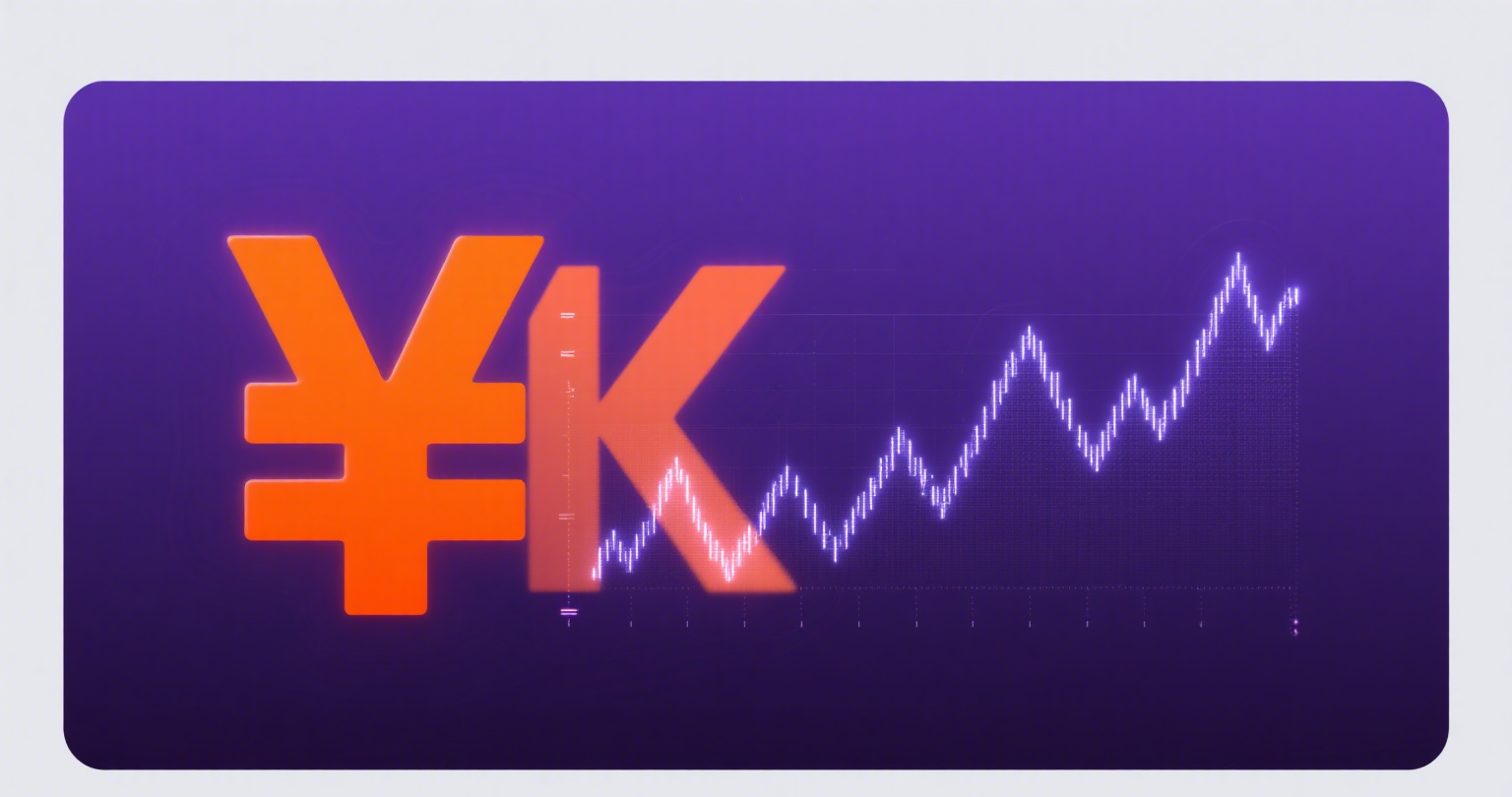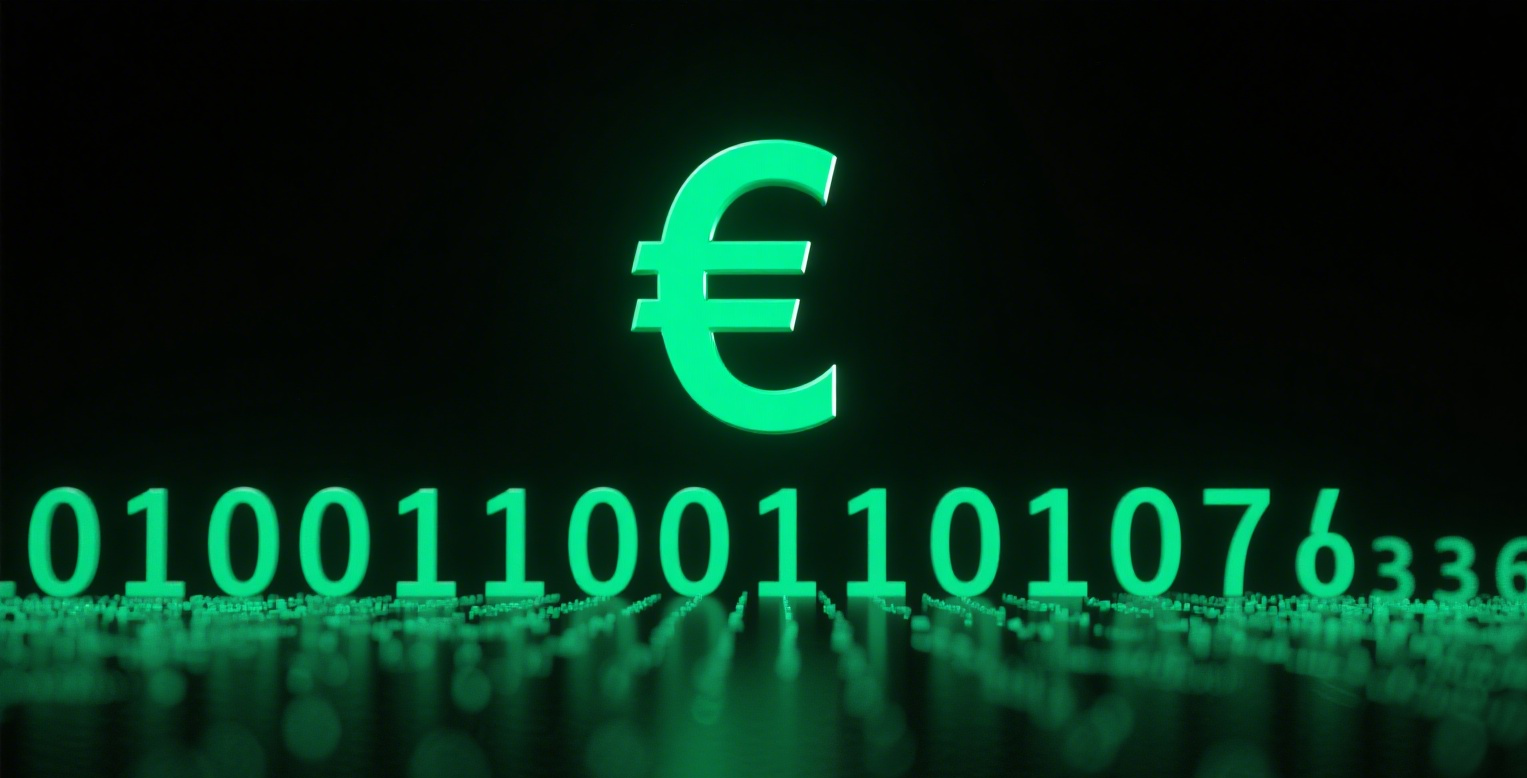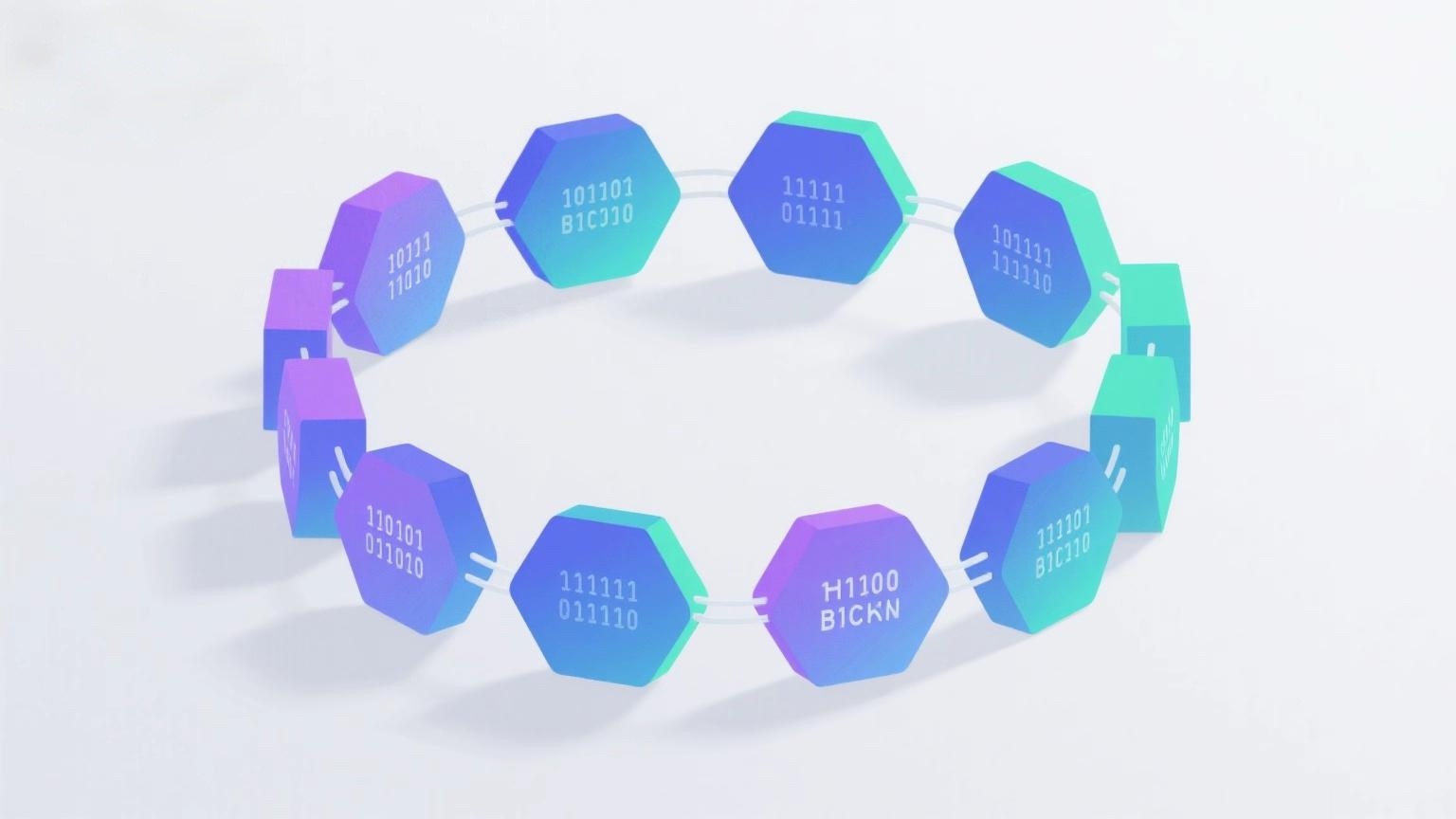
Blockchain is the foundational technology behind digital currencies, ensuring that every internet user can reach consensus without mutual trust.
Early Stages
The concept of blockchain technology dates back to 1991. To ensure that timestamped documents could not be backdated or tampered with, two scientists, Stuart Haber and W. Scott Stornetta, proposed a practical computational solution.
This system used a cryptographically secured chain of blocks to store timestamped documents. In 1992, Merkle trees were incorporated into the system, significantly improving efficiency by grouping multiple documents into a single block. Unfortunately, this technology was eventually abandoned and fell into obscurity. The patent also expired in 2004, four years before the birth of Bitcoin.
Reusable Proof-of-Work (RPoW)
In 2004, computer scientist and cryptography enthusiast Hal Finney (Harold Thomas Finney II) introduced a system called RPoW, or Reusable Proof-of-Work.
This system operated by accepting a non-exchangeable, non-fungible Hashcash-based proof-of-work token and creating an RSA-signed token that could be transferred between users.
RPoW solved the double-spending problem by requiring token holders to register accounts on a fully trusted server. This server was designed to allow users worldwide to verify its correctness and integrity at any time.
RPoW can be considered an early prototype of blockchain and a significant milestone in the history of digital currencies.
The Bitcoin Network
In late 2008, a person or group using the pseudonym Satoshi Nakamoto published a whitepaper introducing a decentralized, peer-to-peer electronic cash system—Bitcoin.
Unlike RPoW, which relied on trusted hardware, Bitcoin used the Hashcash proof-of-work algorithm to track and validate transactions through a decentralized peer-to-peer protocol, preventing double-spending. Simply put, Bitcoin rewards miners under the proof-of-work mechanism, and transactions are verified by decentralized nodes across the network.
On January 3, 2009, Bitcoin was born, and the first Bitcoin was mined by Satoshi Nakamoto, who received a reward of 50 Bitcoins. The first recipient of Bitcoin was Hal Finney, who received 10 Bitcoins from Satoshi Nakamoto on January 12, 2009, marking the world's first Bitcoin transaction.
Ethereum
In 2013, a programmer and co-founder of Bitcoin Magazine named Vitalik Buterin argued that Bitcoin needed a scripting language to build decentralized applications. Failing to gain support within the Bitcoin community, Vitalik began developing a new blockchain-based distributed computing platform—Ethereum—which introduced scripting functionality known as smart contracts.
Smart contracts are programs or scripts deployed and executed on the Ethereum blockchain. For example, they can be used to execute transactions under specific conditions. Smart contracts are written in specialized programming languages, compiled into bytecode, and executed by a decentralized, Turing-complete Ethereum Virtual Machine (EVM).
Developers can also create and publish new applications on the Ethereum blockchain, commonly known as decentralized applications (DApps). Currently, hundreds of DApps run on the Ethereum blockchain, including social platforms, online gambling sites, and financial exchanges.
Ethereum's digital currency, Ether, can be transferred between accounts and is typically used to pay for the computational power required to execute smart contracts.
Today, blockchain technology has gained significant attention from mainstream media and is being applied in numerous real-world scenarios beyond digital currencies.







